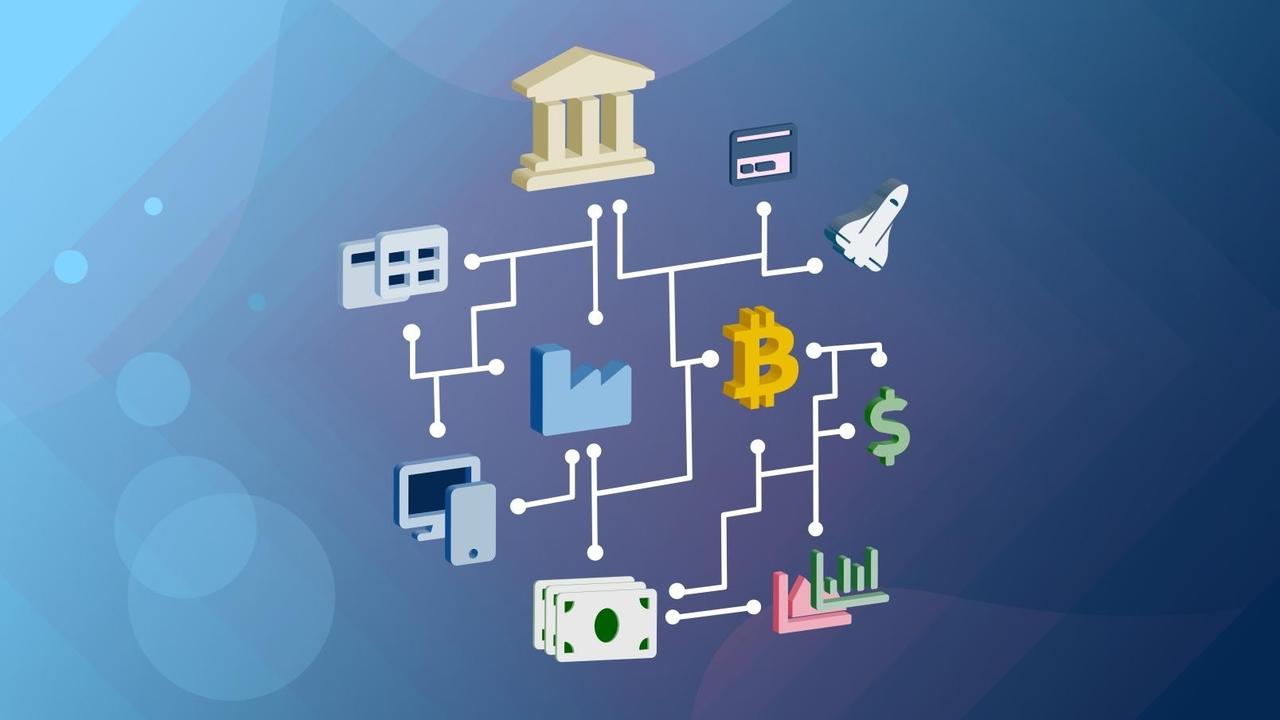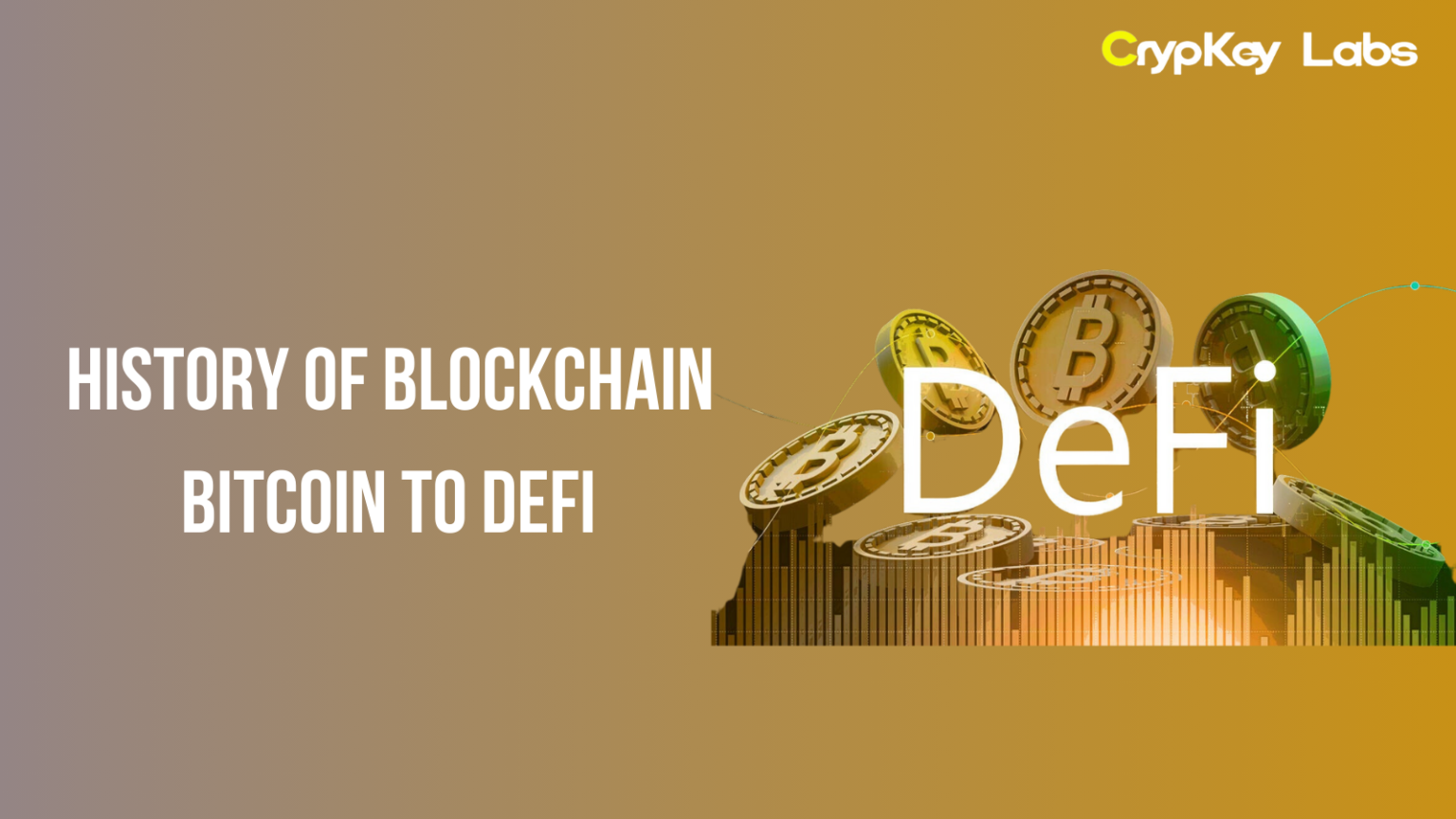Hey there! If you’ve ever wondered what the buzz around blockchain is all about, you’re in the right place. This technology has transformed the way we think about finance, contracts, and even ownership. In this blog, we’ll take a journey through the fascinating history of blockchain, starting from the inception of Bitcoin to the rise of Decentralized Finance (DeFi). So, buckle up as we explore this exciting landscape!
The Birth of Blockchain and Bitcoin
Satoshi Nakamoto and the Whitepaper
It all began in 2008 when an anonymous person or group of people under the pseudonym Satoshi Nakamoto released a whitepaper titled “Bitcoin: A Peer-to-Peer Electronic Cash System.” This document laid out a revolutionary concept: a decentralized currency that would operate without the need for intermediaries, like banks or governments. But who is Satoshi Nakamoto? The mystery surrounding their identity has fueled speculation and intrigue for over a decade.
Launch of Bitcoin (2009)
In January 2009, the first Bitcoin software was released, and the first-ever Bitcoin transaction took place. The Genesis Block, or Block 0, was mined, marking the official birth of Bitcoin. This block contained a message referencing a headline from The Times: “Chancellor on brink of second bailout for banks.” This statement encapsulated the frustration many felt towards traditional banking systems, emphasizing the need for an alternative.
Initial Reception and Adoption
Bitcoin didn’t take off immediately. Its early adopters were mainly tech enthusiasts and libertarians who saw the potential for a currency free from government control. But as Bitcoin started gaining traction, more people began to take notice. In 2010, the first real-world transaction using Bitcoin occurred when a programmer named Laszlo Hanyecz paid 10,000 BTC for two pizzas. Yes, you read that right—10,000 bitcoins for pizza! At that time, it seemed like a quirky story, but today, those pizzas are worth millions!
The Evolution of Blockchain Technology
Emergence of Altcoins
As Bitcoin grew in popularity, other cryptocurrencies, known as altcoins, began to emerge. Projects like Litecoin (created in 2011) aimed to improve upon Bitcoin’s limitations, offering faster transaction times and a different hashing algorithm. This era of innovation sparked the idea that blockchain technology could be used for much more than just digital currency.
Development of Blockchain Platforms
Fast forward to 2015, when Ethereum burst onto the scene, introducing the concept of smart contracts. These self-executing contracts with the terms directly written into code opened up a whole new world of possibilities. Developers could create decentralized applications (dApps) that ran on the Ethereum blockchain, allowing for more complex interactions than simple transactions.
Other platforms like Ripple and Cardano also began to gain attention, each offering unique features and benefits. This evolution signaled a shift in the blockchain narrative—from a single cryptocurrency to a diverse ecosystem of platforms catering to various needs.
The Concept of dApps (Decentralized Applications)
So, what exactly are dApps? Simply put, they are applications that run on a blockchain rather than a centralized server. This means they’re less prone to censorship and downtime, making them appealing to developers and users alike. Think of dApps as the apps we use every day, but with the added benefits of decentralization and security. Some popular examples include CryptoKitties (a game where you can breed and trade digital cats) and Uniswap (a decentralized exchange for trading cryptocurrencies).
The ICO Boom and Its Aftermath
Initial Coin Offerings (ICOs)
With the rise of new blockchain platforms, Initial Coin Offerings (ICOs) became a popular fundraising method in 2017. Startups could issue their own tokens in exchange for funds to develop their projects. The ICO boom saw some projects raise millions of dollars within hours. It was an exciting time, with the potential for big rewards—if you picked the right projects.
Regulatory Responses and Market Correction
However, this frenzy attracted a fair share of scams and poorly planned projects. By late 2017, regulators began to take notice, and the market experienced a significant correction. Many ICOs faced scrutiny, and some were even deemed illegal. This led to a more cautious approach to blockchain funds, emphasizing the need for due diligence.
What did we learn from the ICO boom? While the potential for high returns exists, so does the risk. Understanding the projects and their underlying technology is crucial for investors navigating this new landscape.
The Rise of Decentralized Finance (DeFi)
What is DeFi?
As the dust settled from the ICO boom, a new movement began to emerge: Decentralized Finance (DeFi). But what exactly is DeFi? In simple terms, it refers to financial services that are built on blockchain technology, allowing users to conduct transactions without intermediaries. This means you can lend, borrow, trade, and earn interest on your assets, all without the need for a traditional bank.
Key DeFi Protocols and Platforms
Several projects have played pivotal roles in the DeFi space. Some of the most notable include:
- Aave: A decentralized lending platform where users can lend their assets to earn interest or borrow against them.
- Uniswap: A decentralized exchange that allows users to swap cryptocurrencies directly without relying on an order book.
- Compound: A protocol that allows users to lend and borrow cryptocurrencies, with interest rates determined algorithmically.
These platforms have democratized access to financial services, enabling anyone with an internet connection to participate in the global economy.
Yield Farming, Liquidity Pools, and Staking
Within the DeFi ecosystem, new concepts emerged, such as yield farming, liquidity pools, and staking.
- Yield farming involves providing liquidity to a platform in exchange for rewards, often in the form of additional tokens. It’s like putting your money to work for you, but in a much more dynamic way!
- Liquidity pools are collections of funds locked in smart contracts, enabling users to trade assets without relying on centralized exchanges.
- Staking allows users to lock up their assets to support network operations and earn rewards.
While these concepts offer exciting opportunities, they also come with risks. It’s essential to do your research and understand the mechanics before diving in.
Current Trends and Future of Blockchain
Interoperability and Cross-Chain Solutions
As the DeFi landscape continues to evolve, interoperability has become a hot topic. This refers to the ability of different blockchain networks to communicate and work together seamlessly. Projects like Polkadot and Cosmos are at the forefront of this movement, aiming to connect various blockchains and create a more cohesive ecosystem.
Why is interoperability important? Imagine being able to transfer assets between different blockchains effortlessly. This could open up new possibilities for users and developers alike, enhancing the overall blockchain experience.
Regulatory Developments and Institutional Adoption
As blockchain technology matures, regulatory bodies are also taking notice. While some regulations can be seen as hurdles, they can also provide legitimacy and stability to the market. Additionally, traditional financial institutions are increasingly exploring blockchain technology and funding in DeFi projects.
This growing interest from institutions signals a shift in perception. Could we be witnessing the beginning of a new financial era where decentralized finance becomes a norm rather than an exception?
The Future of DeFi and Beyond
Looking ahead, the future of DeFi and blockchain technology appears bright. Innovations like Non-Fungible Tokens (NFTs) and Decentralized Autonomous Organizations (DAOs) are reshaping how we think about ownership and governance.
As these concepts gain traction, we can expect more diverse use cases for blockchain technology. From gaming to supply chain management, the possibilities are endless!
Conclusion
In conclusion, the history of blockchain is a captivating journey that has transformed the way we interact with finance and technology. From the creation of Bitcoin to the rise of DeFi, we’ve witnessed a remarkable evolution.
Understanding this history is crucial for anyone looking to navigate the blockchain landscape. Whether you’re an investor, developer, or simply curious about the technology, staying informed is key.
So, what are your thoughts on the journey from Bitcoin to DeFi? Are you excited about the future of blockchain? The possibilities are endless, and it’s an exciting time to be a part of this revolution!







